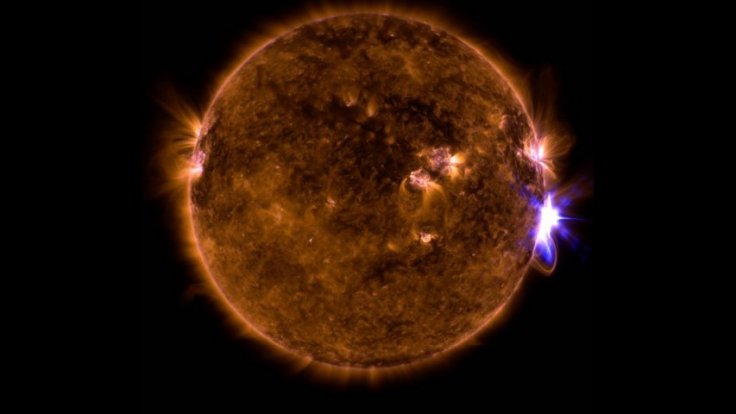Earth was recently hit by the first geomagnetic storm of the year. The incident, which was caused by emissions from the Sun, took space weather forecasters by surprise.
The solar storm happened on April 20 after a stream of coronal mass ejection (CME) was emitted by the Sun. CMEs are high-energy plasma ejected from the Sun's atmosphere, which is known as the corona.

Solar Storm On Earth
According to data collected by SpaceWeather.com, the CMEs left the Sun's surface on April 15 and slowly travelled towards the direction on Earth. Based on initial observations on the approaching CMEs, space weather forecasters believed that it would completely miss the planet.
However, the CMEs ended up sideswiping Earth and affecting the planet's magnetosphere for about six hours. Fortunately, the solar storm that recently hit Earth was only a minor one. The last time a solar event with the same storm level affected the planet was on March 16, 2019.
Geomagnetic Storm's Classification

Data on the solar event revealed that it was only a G-1 geomagnetic storm. According to the National Oceanic and Atmospheric Administration's (NOAA) space weather scales, G-1 is the lowest solar storm level. As noted by NOAA, a direct hit on Earth could cause minor power grid fluctuations and possible disruptions to satellite operations. Although these effects were not reported during the recent geomagnetic storm, sky gazers in Canada reported seeing bright auroras over the region.
"Northern lights danced across the entire northwestern Montana sky early this morning," resident Philip Granrud said, according to SpaceWeather.com. "I photographed them with a wide-angle lens on top of my car several miles outside of Kalispell."
Effects Of A Powerful Geomagnetic Storm
Fortunately for Earth, the recent geomagnetic storm was only a minor one. If the planet gets hit by a powerful solar event, such as G-5 storm, affected areas could experience wide-scale power outages and electrical disruptions. Given the world's dependency on technology and electricity, the effects of a major solar storm would be devastating.
"If it did happen, there would be a surge in electromagnetic radiation that it could actually short circuit all of our equipment on Earth," astrophysicist Emma Osbourne of the University of Southampton said during a previous New Scientist Live event. "Which if you think of all the electronic equipment we have, that is a little bit worrying."









